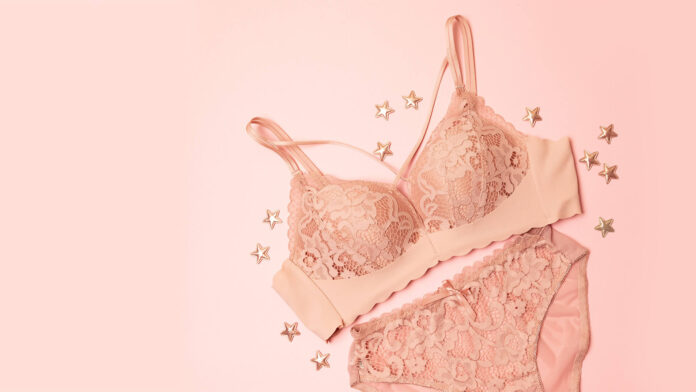
Lingerie, like every other fashion concept, has greatly evolved from functional and practical to more fashionable and stylish. In the fashion industry, lingerie is a niche sector that focuses on the design, production, and marketing of intimate apparel.
In recent years, lingerie has become a popular fashion item in its own right, and the industry has experienced significant growth. This growth can be attributed to various factors, including changes in consumer attitudes toward lingerie, advancements in manufacturing technology, and the emergence of social media as a powerful marketing tool.
Social media has played a crucial role in shaping fashion trends, including lingerie fashion. Social media influencers, bloggers, and celebrities have played a significant role in promoting lingerie brands and shaping consumer preferences.
Instagram and TikTok have significantly influenced lingerie trends, transforming how lingerie is perceived, consumed, and marketed. They have become important channels for lingerie brands to showcase their products, connect with customers, and create new trends. It has allowed them to reach a wider audience and cater to different body types and sizes. Inclusive lingerie brands have emerged, offering a diverse range of sizes, colors, and styles that cater to a broader customer base.
In this article, Empress Mimi will explore the influence of social media on lingerie trends.
The Rise of Instagram and TikTok in Fashion
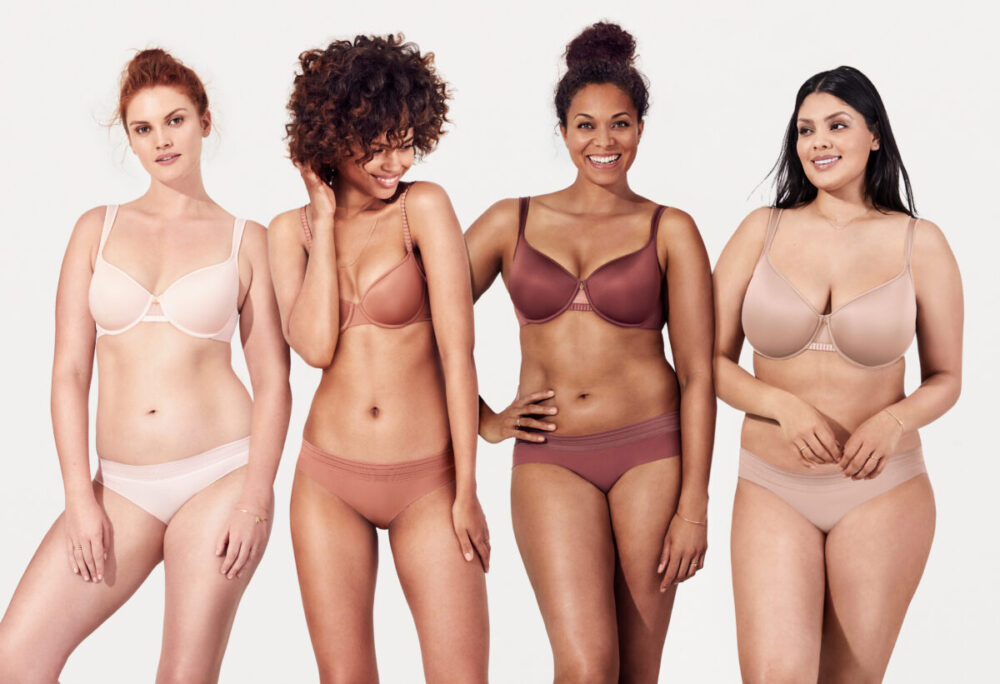
Instagram was founded in 2010 and was later acquired by Facebook in 2012. It was initially created as a photo-sharing app, allowing users to upload and share photos. Soon, it became a social media powerhouse, with over 1 billion monthly active users.
On the other hand, TikTok was launched in 2016. The platform allows users to create and share short-form videos, ranging from dance challenges to lip-syncing, comedy skits, and fashion content. It has become an incredibly popular platform, with over 1 billion active users as of 2021.
Both Instagram and TikTok have had a significant impact on the fashion and lingerie industries. Instagram has become a go-to platform for fashion influencers, brands, and retailers to promote their products and create brand awareness. Its features, such as shoppable posts and stories, have made it easier for brands to sell their products directly to consumers.
With many creators using the platform to showcase their styles and launch new trends, TikTok has also become a powerful tool for the fashion and lingerie industries. Its algorithm has helped to equalize the fashion industry by allowing smaller creators to gain traction and reach a wider audience. Many lingerie brands have also leveraged TikTok to promote their products and create viral marketing campaigns.
Influencers and user-generated content have played a significant role in shaping lingerie trends on both platforms. Influencers have become an essential part of the lingerie industry, with many brands partnering with influencers to promote their products and create awareness. User-generated content, such as customer reviews, photos, and videos, have also become a vital component of lingerie marketing strategies. Brands have encouraged their customers to share their photos and videos wearing their products, creating a community-driven marketing approach that resonates with consumers.
Changing Lingerie Perceptions on Social Media
Instagram and TikTok have challenged traditional beauty standards in lingerie by promoting body positivity and inclusivity movements on their platforms. Both platforms have provided a space for people to showcase their bodies and lingerie styles, regardless of size, shape, or identity.
Body positivity and inclusivity movements have been instrumental in challenging the traditional beauty standards in lingerie. These movements aim to promote self-love, acceptance, and confidence, regardless of body type or size. Albeit, social media has played a crucial role in amplifying these messages and promoting body-positive lingerie brands.
Logically, it follows that many lingerie brands have also embraced body positivity and inclusivity movements. They now offer a diverse range of sizes, styles, and colours that cater to different body types and identities.
Social media has helped to normalize diverse body types and identities in lingerie by showcasing real people wearing lingerie, breaking away from conventional beauty standards. Moreover, it has empowered individuals to challenge the traditional beauty standards in lingerie and promote body positivity and inclusivity movements. Influencers and creators have used their platforms to promote body acceptance, diversity, and inclusivity, creating a community-driven approach to lingerie marketing.
The Evolution of Lingerie Consumption on Social Media
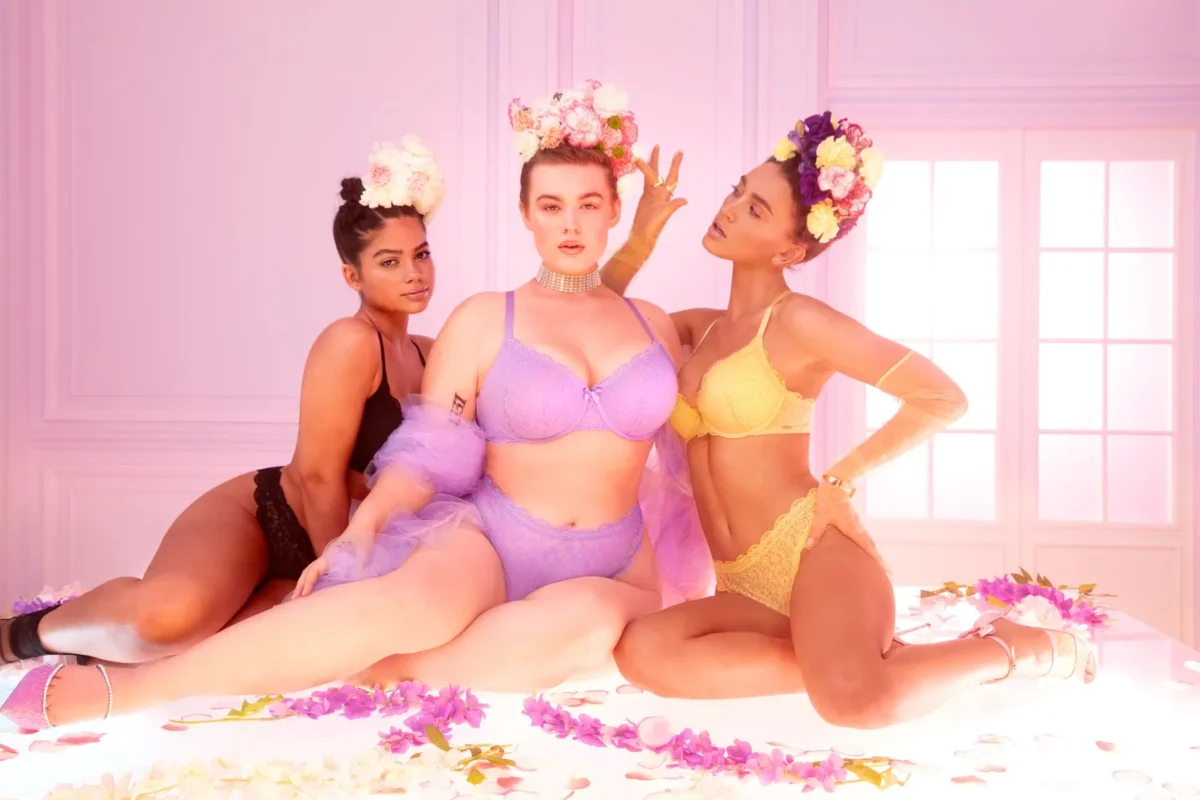
Traditionally, lingerie marketing relied heavily on print ads, TV commercials, and in-store promotions. However, with the rise of social media, there has been a significant shift towards social media-driven lingerie marketing. Brands are now leveraging the power of influencers and user-generated content to promote their products and reach a wider audience.
Direct-to-consumer (D2C) lingerie brands have particularly benefited from the rise of social media-driven lingerie marketing. These brands have been able to bypass traditional retail channels and connect with consumers directly through social media. Instagram and TikTok have become key platforms for D2C lingerie brands to showcase their products, generate brand awareness, and attract new customers.
Social media has also had a significant impact on lingerie shopping habits and consumer preferences. With the availability of user-generated content, customers can now see real people wearing and reviewing lingerie sets, creating a more transparent and authentic shopping experience. Social media has also enabled customers to discover new brands and products that they may not have come across otherwise, making it easier to explore different styles and options.
The impact of social media on lingerie shopping habits is further reinforced by the rise of social commerce. Social commerce allows customers to purchase products directly from social media platforms, streamlining the shopping experience and making it easier to make a purchase. Social media has also created a sense of urgency around purchasing lingerie products, with limited-edition collections and influencer collaborations driving demand and sales.
Influencer Culture and Lingerie Endorsements on Instagram and TikTok
As explained earlier, the rise of lingerie influencers on Instagram and TikTok has been significant in shaping consumer purchasing decisions. Lingerie influencers are individuals who have built a large following on social media by sharing their lingerie preferences, styling tips, and reviews. They often partner with brands for sponsored posts and collaborations, showcasing products to their followers and driving sales.
Currently, many consumers trust influencers more than traditional advertising methods. They view them as reliable sources of information and inspiration. Lingerie influencers can also help customers discover new brands and styles, providing a valuable service for those seeking guidance in navigating the vast lingerie market.
However, the rise of sponsored lingerie endorsements on social media has raised ethical concerns. Some influencers may not disclose sponsored content, misleading their followers into thinking their recommendations are genuine. Additionally, some brands may pressure influencers to present an unrealistic or unattainable standard of beauty, potentially damaging the self-esteem of their followers.
To address these concerns, regulations have been implemented to ensure transparency and authenticity in sponsored content. Many social media platforms now require influencers to disclose sponsored content and clearly label it as such. Additionally, ethical guidelines have been established for brands and influencers to follow, promoting honesty, diversity, and inclusion in sponsored content.
Challenges and Controversies of Social Media-Driven Lingerie Trends
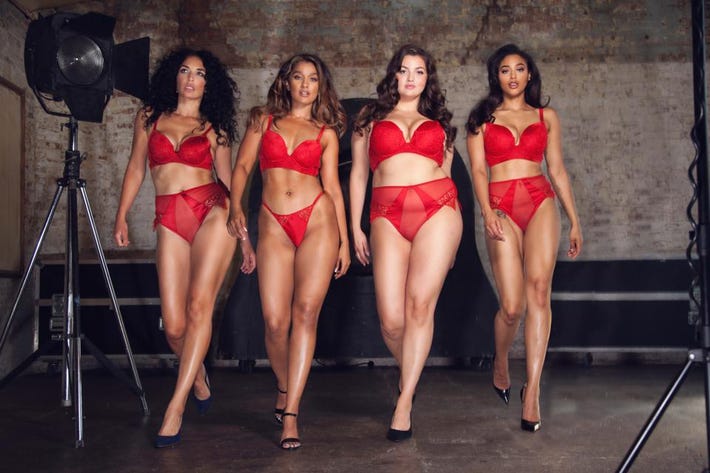
It is commonly thought that every good thing has a bad side. Social media has been shown to have a negative impact on body image and self-esteem, particularly in relation to unrealistic beauty standards in lingerie. The constant exposure to curated and filtered images can lead to feelings of inadequacy and low self-esteem, as individuals may compare themselves to the unrealistic standards presented on social media.
Retouching and filters have played a significant role in creating unrealistic beauty standards in lingerie. These tools can be used to alter the appearance of the body and create a more polished and idealized image. The use of retouching and filters can be harmful, as they create an unattainable standard of beauty that can lead to negative body image and self-esteem issues.
Additionally, the ethical concerns of data privacy and online harassment in lingerie content creation should not be overlooked. With the rise of social media, there is a risk of personal data being compromised, leading to privacy concerns for content creators and their followers. Online harassment, including cyberbullying and trolling, is also a significant concern for lingerie content creators, particularly those who challenge traditional beauty standards and promote body positivity.
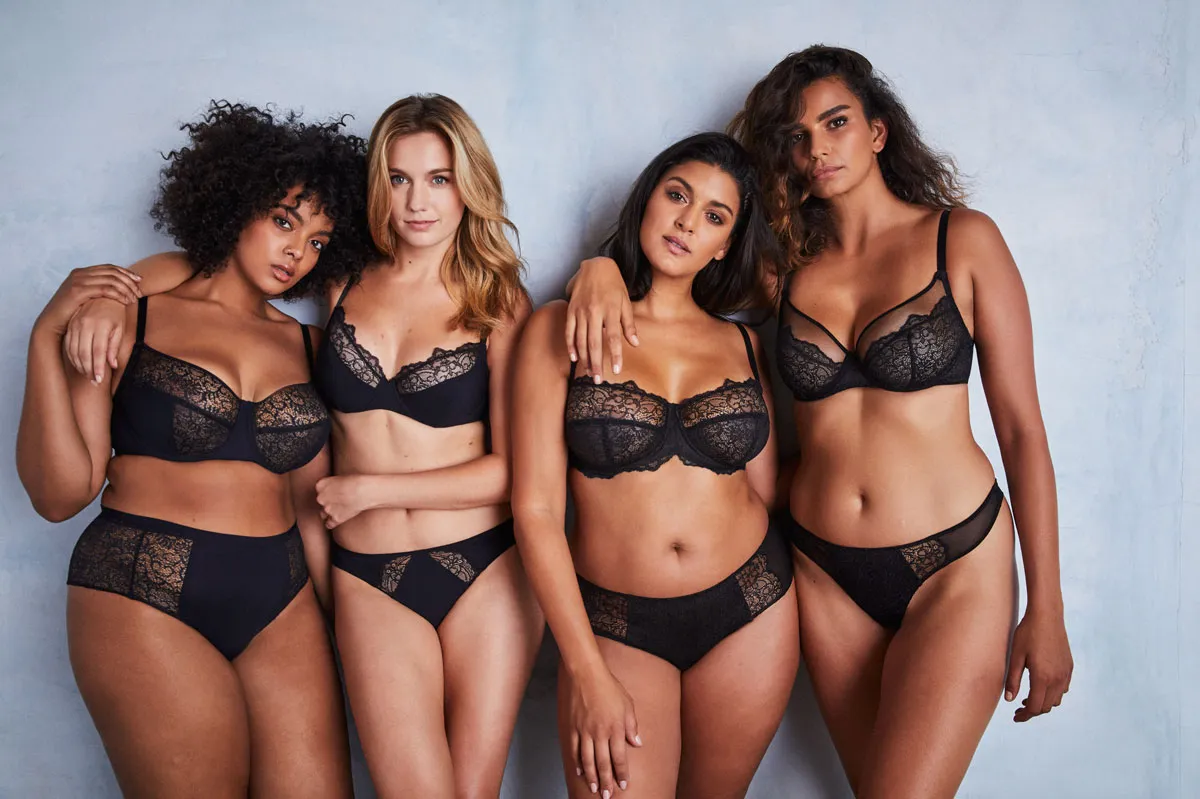
To address these concerns, ethical guidelines and regulations have been established to promote transparency, authenticity, and privacy in lingerie content creation. For example, social media platforms have implemented policies to protect user data and combat online harassment. Brands and influencers are also encouraged to promote diversity and inclusivity in their content, challenging traditional beauty standards and promoting body positivity.
Finally, the future of lingerie and social media is promising. By prioritizing transparency, authenticity, sustainability, and inclusivity, brands and influencers can help shape a more positive and empowering lingerie culture on social media.








